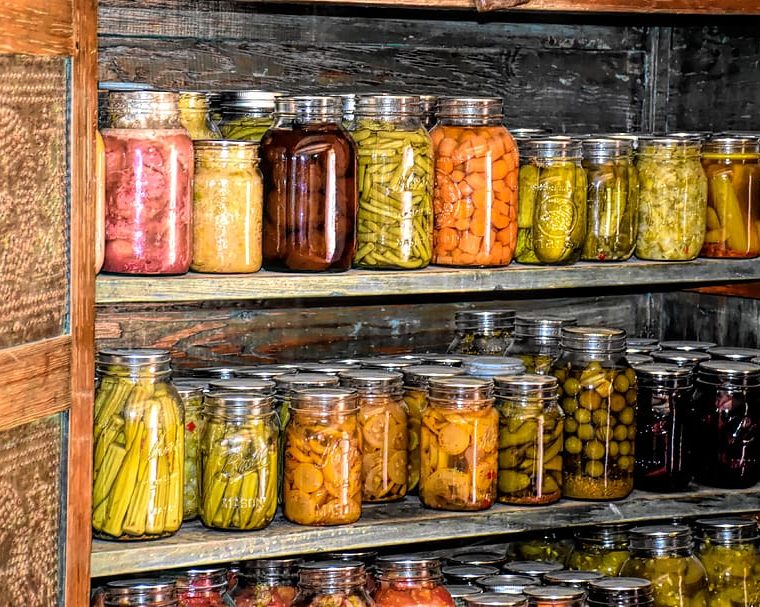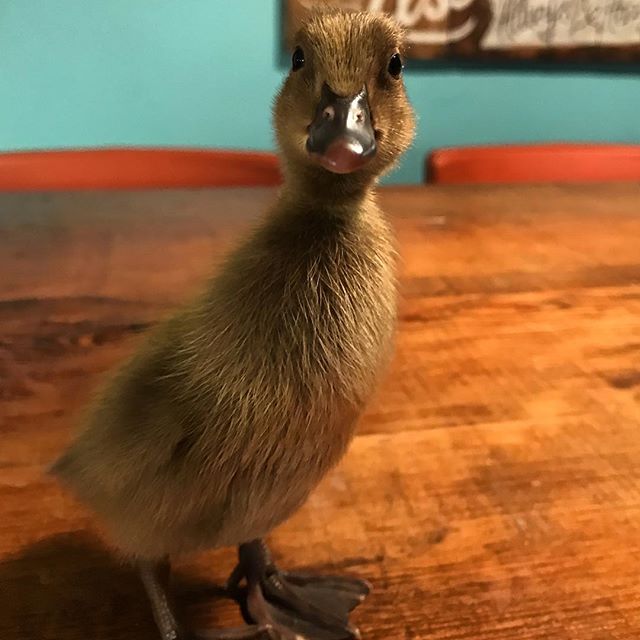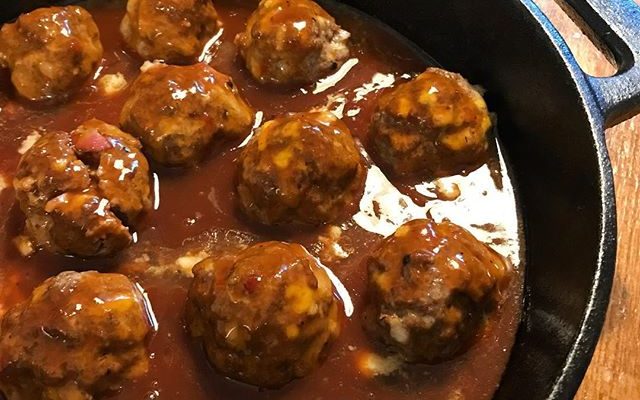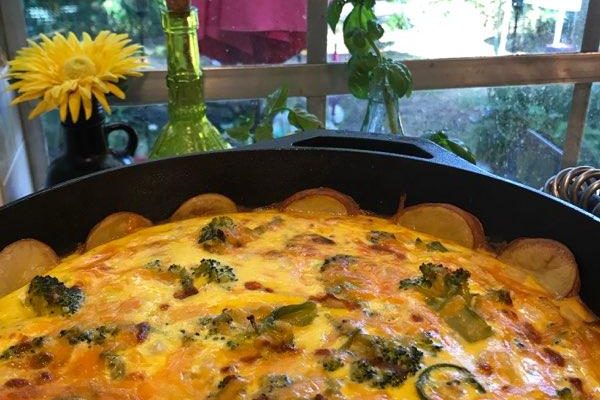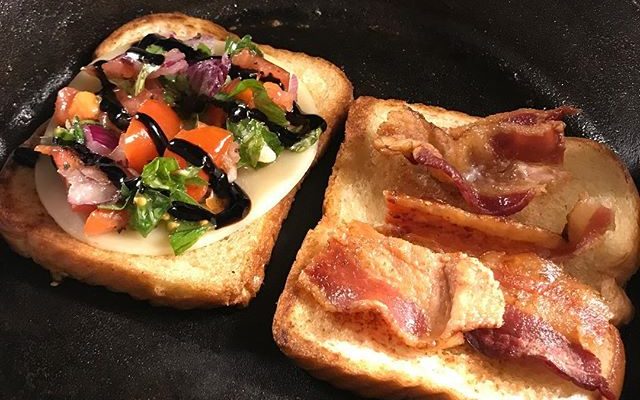Winter is the perfect time to learn new homesteading skills. Cold temperatures and limited daylight keep most people inside for much of the day. So learning new homesteading skills is a great way to benefit from those extra indoor hours. Read on to learn four basic skills that can help improve your homesteading life.
1. Cooking

If you haven’t already learned to cook from scratch, it’s an essential skill to master. You need to know the basics of scratch cooking to turn next season’s garden harvest into delicious meals. More experienced cooks could learn additional skills like how to bake or how to turn leftovers into new meals.
The best way to learn is to take a cooking class, but you can also get some basic cookbooks and just jump right in, as well. Choose a couple of recipes you would like to make, gather your ingredients and read through the entire recipe before starting.
2. Fiber Arts

Do your homestead dreams include making your own clothes, creating beautiful gifts, or raising fiber animals? Learning to sew, knit, or crochet is the first step toward turning those dreams into reality. Taking a local class gives you a chance to learn a new skill and make new friends. If there isn’t a convenient class, it’s not hard to find online tutorials for these skills.
3. Gardening

Unless you’re indoor gardening, you’ll have to wait until spring to put into practice what you learn about gardening during winter. New gardeners may want to learn how to:
- Plant a raised bed
- Choose plants for their growing zone
- Decide where to plant garden beds
- Deter pests
- Create a compost pile
For those of you who are familiar with the gardening basics, you may be interested in learning to build something that will enhance your gardens, like a tomato trellis or simple greenhouse.
4. Woodworking

For those who didn’t take shop class in high school, even basic woodworking skills may seem intimidating. But you needn’t be afraid. Woodworking isn’t difficult once you learn the basics, like working with the grain and how humidity affects wood. Learning to cut properly and safely comes next. With a little information, you’ll be cutting perfect miter joints before spring arrives.
These four basic homesteading skills will take you a long way in your journey towards self-sufficiency. Whether you learn one skill or all of them, each is a great way to spend those cold winter months indoors.


